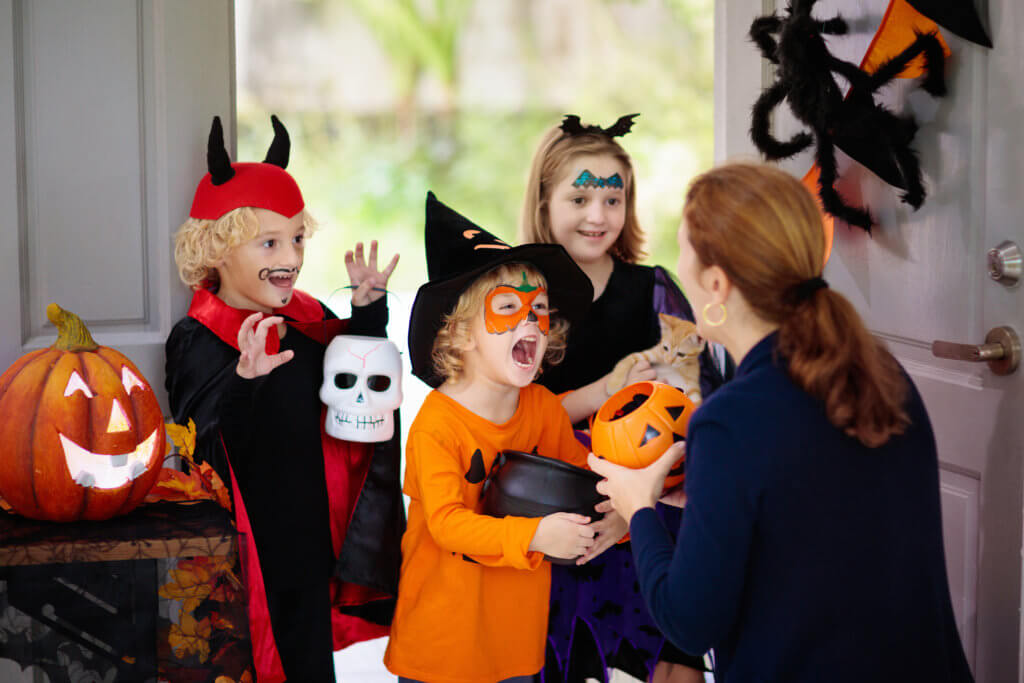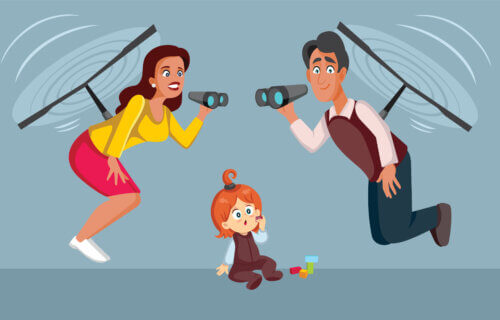ANN ARBOR, Mich. — Juggling what’s right for their children in the long run, while also prioritizing safety at all times, is a delicate balancing act for any parent. Moms and dads all over just want their kids to be happy and healthy, and allowing a child to build a certain sense of independence is key to proper development. However, a new University of Michigan Health C.S. Mott Children’s Hospital National Poll on Children’s Health suggests what many parents say, and what they actually end up doing, often ends up being quite different.
As they grow up, kids naturally start participating in certain activities on their own. Typical examples include biking over to a nearby friend’s house in the neighborhood, staying home alone, or going trick-or-treating with friends. While most parents agreed that their kids benefit from opportunities to exercise their independence, this latest poll finds that many parents may actually be engaging in much more “helicopter parenting” than they realize.
Helicopter parenting refers to an overbearing parenting style in which moms and dads essentially don’t allow their kids to do anything independently – hence the name that alludes to parents “hovering” over their children like a helicopter. So, in other words, these findings suggest there is a notable gap between what parents say about fostering children’s independence and what tasks they actually let their kids perform without them.
“There’s a sizable gap between parent attitudes about promoting children’s independence and what they actually allow or encourage their children to do without supervision,” says Mott Poll co-director Sarah Clark, M.P.H., in a media release.
“This suggests some parents may be missing opportunities to guide their children in tasks of autonomy and unintentionally hindering kids’ development of independence and problem-solving skills.”
More specifically, the poll found four in five parents of children ages nine through 11 years-old agreed that it’s a good idea for kids to have free time without adult supervision. Far fewer parents, however, actually reported their children engaging in independent activities. Roughly three in five parents have allowed their tween-aged child to stay home alone for 30 to 60 minutes, while another 50 percent of surveyed parents said their child separated from them to find an item at another aisle in a store. Less than half, though, have allowed their child to wait in the car while they run a quick errand, walk or bike to a friend’s house alone, or play at a park with a friend alone. Less than one-sixth of parents allowed their kids to trick-or-treat with friends.

Why are parents so hesitant to let their kids go it alone?
Predictably, most are worried about safety. Over half said they worry someone could scare or follow their child, and 17 percent flat out admitted their neighborhood is not safe for children to be alone.
“To some extent, worrying about your child is natural. But some parents are limiting their child’s independent activities due to highly publicized media reports, even if those outcomes are very unlikely to occur or cannot be prevented,” Clark adds.
“Parents can ease in with small steps such as letting their child spend time with a friend at a familiar public place. Discussions before and after can help parents assess if their kids understand the importance of following safety rules.”
Some moms and dads said they discourage their kids from taking on such tasks alone because they don’t believe they’re quite ready. Others believe state or local laws don’t allow young children to be alone, and the police may become involved. Just over one in 10 parents worry others will see them as bad parents if their child is seen unsupervised. Over half told researchers that unsupervised children cause trouble, a quarter criticized another parent, and 13 percent said they already had experienced criticism from others for apparently not adequately supervising their child.
“Parents may be affected by ‘blame culture’ – the expectation that they will be criticized if something happens to their child,” Clark notes.
This latest poll also hints at a disconnect between what parents of younger children (ages 5-8) say and actually end up doing in terms of fostering independence. Close to three-quarters reported they make it a point to have their kids do things by themselves. However, less than half of those same parents said their child regularly engages in actions such as talking with doctors and nurses at checkups, deciding how to spend allowance or gift money, speaking to unfamiliar adults in business situations (ordering at a restaurant, for example), or preparing their own meal or snacks.
When asked why they’re so hesitant to let their kids have a little independence, moms and dads listed reasons including safety, getting stuck in habits, the common parental belief that their child doesn’t want to do things themselves or isn’t mature enough, and thinking it will take too long or that it won’t be done in the parent’s preferred way.
Elementary school years, in particular, Clark explains, are an especially important phase for developing independence with parental guidance for kids.
“Becoming independent is a gradual process of allowing children increasing amounts of freedom, with parents there to teach skills and help the child understand the consequences of their choices,” Clark concludes. “As children become more experienced and comfortable with tasks, they can assume responsibility for doing them regularly. Research shows encouraging independence fosters a child’s self-confidence, resilience, problem-solving ability, and mental health.”
This nationally representative poll was based on responses from a total of 1,044 parents raising children 5-11 years old surveyed in August 2023.
You might also be interested in:
- Living in constant fear? 43% of parents worry about their kids ‘every waking moment’
- Best Parenting Books: Top 5 Guides Most Recommended By Experts
- Parenting made easy? Tech expert reveals how ChatGPT could be mom & dad’s best friend

